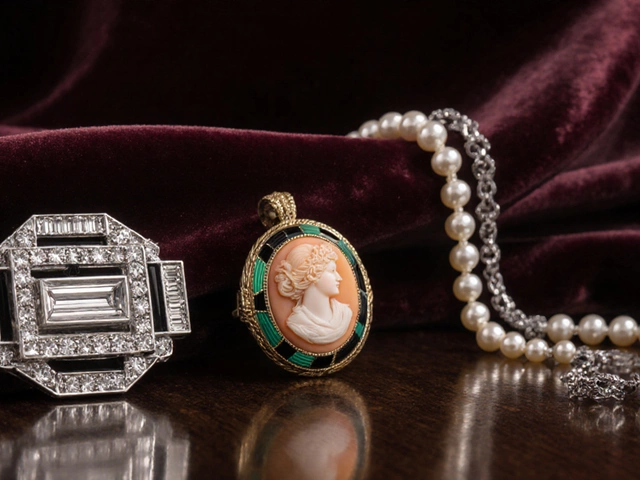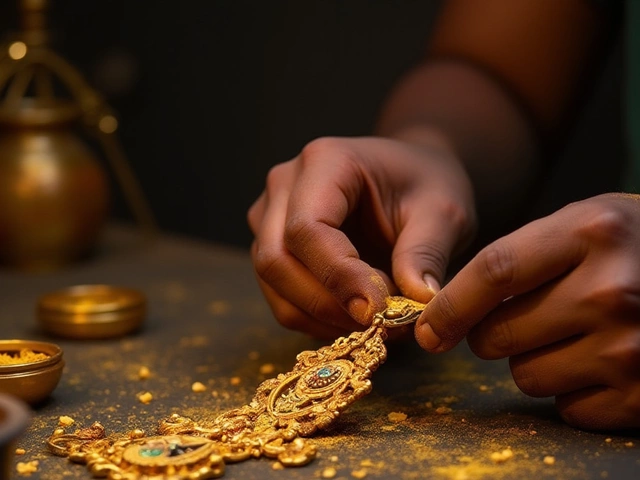Investing in Jewellery and Precious Assets
When thinking about Investing, the act of allocating money with the expectation of future profit or benefit. Also known as capital placement, it can cover stocks, property, or tangible assets like jewellery. Unlike paper securities, jewellery blends aesthetic pleasure with potential financial return, offering a unique path for many first‑time investors. The extra touch of craftsmanship adds emotional value that often creates market demand. Investing in jewellery therefore means balancing beauty with smart asset planning.
Why Diamonds Are a Core Part of a Jewellery Portfolio
One of the most talked‑about assets is the diamond. A high‑quality diamond can hold or even increase its worth over decades, especially when sourced from reputable mines and certified by recognized labs. Diamond, a carbon crystal prized for its hardness, clarity and rarity acts as a portable store of value, much like gold, but with the added allure of luxury. The market for diamonds is shaped by global demand, tax structures, and shifting consumer tastes, so a buyer who tracks these factors can capture better returns. In short, diamond buying influences both short‑term resale potential and long‑term wealth preservation.
Antique jewellery, on the other hand, adds a historical layer to an investment strategy. Pieces that are over a century old often carry a story, a maker’s mark, or a regional style that collectors prize. Antique jewellery, vintage pieces distinguished by age, craftsmanship and cultural significance typically commands higher resale margins because rarity and provenance are hard to replicate. Understanding the era, the metal content, and the condition can turn a decorative heirloom into a profitable asset. This makes antique jewellery a valuable complement to modern diamonds, enriching a diversified portfolio.
Gold jewellery remains a timeless cornerstone for many investors. The metal’s price is closely tied to global economic indicators, and gold jewellery offers both intrinsic metal value and design premium. Gold jewellery, items made of gold that combine material worth with artistic design can be liquidated quickly in most markets, especially during economic uncertainty. Knowing the current gold spot price, karat purity, and any hallmark stamps helps you estimate the melt value versus the market price. When gold prices rise, well‑crafted pieces often appreciate faster than raw bullion because of their dual appeal.
Successful jewellery investing requires a blend of market knowledge, valuation tools, and risk awareness. You need to assess factors such as certification, maker reputation, condition, and resale channels. A reliable appraisal report serves as a bridge between aesthetic appreciation and financial verification. Moreover, timing the purchase—whether during festive sales, tax‑free periods, or when diamond inventories are high—can boost your upside. By treating jewellery as an asset class, you align your buying decisions with clear objectives, just as you would with stocks or real estate.
The collection below pulls together practical guides, market insights and how‑to steps that cover everything from choosing the right diamond to understanding resale value of antique pieces. Dive in to see how each article adds a piece to the bigger puzzle of smart jewellery investment.

Why Does Platinum Have No Resale Value?
Platinum, known for its strength and rarity, surprisingly lacks the resale value of its close cousins like gold. This article delves into the reasons behind this conundrum, exploring factors like market demand, cultural preferences, and economic influences. Additionally, it sheds light on understanding the appeal of platinum versus other precious metals. You'll also get valuable insights on how to approach platinum investments smartly.
read more





